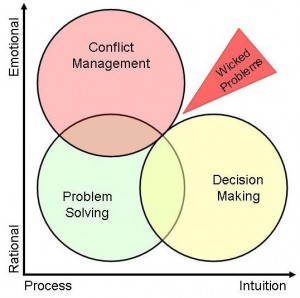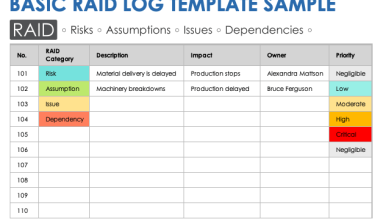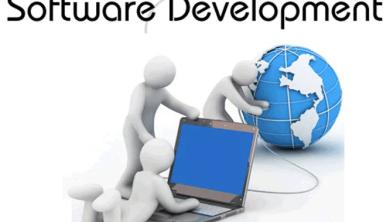Conflict management, problem solving and decision making are topics that are generally considered to be distinct, but are actually interconnected such that they are used together to come up with the most feasible solution.
To come to the best possible outcome of a problem on the basis of sufficient information, certain problem solving steps need to be used. Some of these are as follows:
- Scrutinizing the problem
- Outlining the issue; solutions depends on the way it is outlined
- Detecting the main reasons which allowed the problem to occur
- Identifying the series of techniques to apply, and their outcomes
- Produce alternative options through processes such as brainstorming, discussions between groups and other discrete processes
- Choosing the simplest method that resolves the root cause
- Implementing the chosen method
- Monitoring and reviewing the execution
The flaw with this process is that it assumes there exists an ideal outcome, the information is available to reach this outcome, and the people taking part in the process are acting rationally. Unfortunately, this situation is extremely unusual.
Another flaw is the emotions of people involved in decision making. The core focus of conflict management is to reduce the effect of people’s emotions and make them think rationally. The typical solution choices are:
- Forcing/Directing – A method whereby a superior with autonomous power has a right to force the decision
- Smoothing/Accommodating – Negotiating the matter and trying to settle down the dispute
- Compromising/Reconciling – A give and take approach where each side surrenders something in order to come to a solution. The extent of dispute limits the generation of options.
- Problem-solving/Collaborating – Refers to collective decision making to come up with a solution that is conventional
- Avoiding/Withdrawing/Accepting – A method which may not settle the dispute but allows time to calm the emotions
Any of these approaches can be used for conflict management depending on the nature of conflict, although there primary focus is to control the level of the dispute. But, in due course, the underlying problems of the conflict need to be solved in its entirety .
To make the right decision, availability of sufficient and precise data needs to be present. Some decisions are not as simple, and data about them is not easily available.
The problems you can face range from simple to wicked problems.
- Wicked Problems are the kind of problems that continuously alter and demand the participant’s complexity and emotions. An iterative approach is best for these kinds of problems, as decision to every step simplifies the problem.
- In Dilemmas, you have to choose the solution which is the least worse as there is no right answer to these problems, but choosing a solution is always better than not making a decision.
- Conundrums are complicated questions that have speculative or hypothetical answers.
- Puzzles and mysteries need superlative judgment in certain circumstances. Lack of time to contract these decisions to simple problems is a constraint in this approach, although you can apply processes to a point.
- Problems require hard work to be solved. Carefully and properly designed execution of problem solving processes can show the best outcomes.
In order to come to the best possible conclusion, an understanding and balance of the following points is essential:
- Characteristics of problem at hand
- Emotion and conflict of stakeholders
- Features of different type of decisions
- Pick up the single best decision using your best judgement in given circumstances
The core of all the above is choosing & implementing the best decision, followed by a continuous review of the decision, making changes as quickly as possible, and providing a feedback.






